Sulphur isotopes
Type of resources
Topics
Keywords
Contact for the resource
Provided by
Years
Formats
Representation types
Update frequencies
-

Triple-sulfur isotope data from schists and carbonates in the Eoarchean Isua Greenstone Belt (3.7 Ga), using a new leaching technique and a multi-collector ICP-MS. The results reveal distinct pattern between the two lithologies and demonstrate an atmospheric contribution of sulfur in both cases. This may support the notion that these rocks represent metamorphosed marine sediments. However, hydrothermal alteration needs to be assessed in more detail to verify the antiquity of these signatures.
-
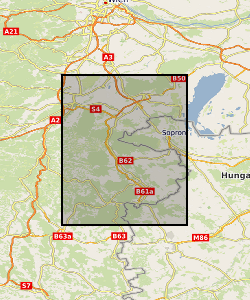
Stable isotope data of organic carbon, nitrogen and sulfur as well as trace elements are used to explore how proxies with differing residence times in seawater respond to changes in the basin’s connectivity to the open ocean. The results show that species with a short residence time, such as nitrate and rare earth elements, may be more sensitive to geologically brief fluctuations in oceanographic conditions than long-lived species like sulfate. Details about the methodology and sampling strategy can be found in Stu¨eken, E.E., Viehmann, S. and Hohl, S.V., 2023, ACS Earth and Space Chemistry, 7(7), pp.1337-1349.
-
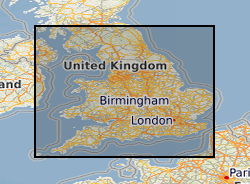
This file documents the sulphur isotope data, and the manner in which it has been processed, to supply the reference data for isotope domains of the Isotope biosphere domains GB (V1) map. It includes a summary of the analytical methods used to determine the isotope ratios though time.
-
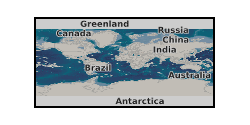
This dataset contains major, trace, and volatile element contents, and sulfur isotope ratio data measured in silicate glasses found in volcanic rocks from the Central American Volcanic Arc. The files have been first published as supplementary data in: Taracsák et al. (2023): Sulfur from the subducted slab dominates the sulfur budget of the mantle wedge under volcanic arcs, Earth and Planetary Science Letters, 601:117948 The data is also accessable via the following DOI: https://doi.org/10.1016/j.epsl.2022.117948
-

This Excel spreadsheet provides the composition of volcanic glasses (melt inclusions, melt embayment and matrix glasses) analysed as part of NSF-NERC grant "Sulfur Cycling in Subduction Zones". In the spreadsheet is a "readme" worksheet that explains each column and the method of data collection if applicable. These data will be included in future publications. The samples are taken from Central America, Alaska and Northern Mariana Islands.
-
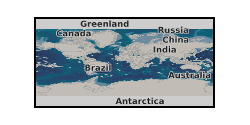
Organic carbon, total nitrogen, total reduced sulfur and carbonate-associated sulfur isotopes measured on decarbonated stromatolite samples from the Paranoa Group (1.1 Ga).
-
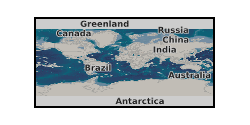
Pyrite samples from selected sedimentary organic-rich formations or associated igneous and metamorphic rocks were analysed by conventional S isotopic analysis. Pyrites were measured in order to provide insights into their origin. Light and variable S isotope compositions in pyrite have been used to infer the influence of sulphate-reducing bacteria (and subsequent Se precipitation by sulphate-reducing microbes), whereas heavier S isotope compositions indicate a non-biological origin (i.e. physical and chemical diagenesis).
-

Rare earth element, major and minor element, and iron speciation data for nine independent sections in the Nama Group, described in detail in Wood et al., 2015, Precambrian Research, and Tostevin et al., 2016, Nature Communications. Additional data for Zebra River section include sulfur isotopes from carbonate associated sulfate (published in Tostevin et al, 2017, Precambrian Research); Uranium isotope data for carbonates (published in Tostevin et al., 2019, EPSL); Calcium isotope data for carbonates (unpublished).
 NERC Data Catalogue Service
NERC Data Catalogue Service